Is rice processed food: Rice is the main food for more than half the world’s population. It’s versatile, relatively economical & can be found in many forms and types, such as white, brown, black & wild rice. A common question arises while discussing rice, especially white rice, whether it falls into the category of processed food. To answer this question widely, we will learn about the nature of white rice, its processing methods & its nutritional benefits as well as white rice advantages. This discussion will help you make an informed decision about incorporating white rice into your diet.
Problem
When it comes to diet and nutrition, the word processed food often makes negative sense. Processed foods are usually associated with unhealthy eating habits and are often associated with a variety of health problems. Due to this perception, many people question incorporating white rice into their diet. Given that rice is a main meal in many cultures, it is important to understand if white rice is processed and if it is, if is there any nutritional benefit in it.
Movement
Modern diet is under the scope of constant investigation, health experts and dietitians advocate natural, whole foods. Processed foods, which have been replaced by their natural state for safety or convenience, often have additional ingredients like preservatives, artificial taste & sugars. These modifications can cause health problems such as obesity, diabetes & heart disease. In such a situation, consumers are getting wary of processed foods, wanting to understand the real nature of what they eat. The confusing situation about white rice as processed food complicates dietary options, making it difficult to enjoy this dietary staple without any concern.
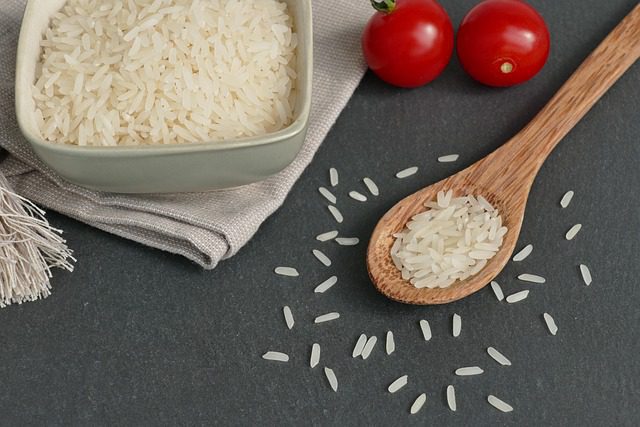
Must read: Sunflower Oil Is Good For Face
Solution
To remove these concerns, let’s find out in detail about the processing of white rice, its nutritional benefits & the benefits it offers.
Understanding the white rice and its processing
What is white rice?
White rice is a grilled rice whose husk, bran & seedlings are extracted. This process replaces rice’s taste, texture & appearance and protects against getting worse, increasing its shelf life. After milling, the rice is polished, as a result of which bright, white granules found in kitchen homes around the world become.
Is white rice processed?
Yes, white rice is processed. The process of grinding and polishing it classifies it as processed food. However, it’s important to differentiate between types of processing. While some processed foods are filled with unhealthy additives, other foods like white rice are processed to improve shelf life and delicacy without adding mainly harmful elements.
Nutritional benefits of rice
Despite processing, white rice offers many nutritional benefits. While it’s true that the milling process removes some nutrients, many varieties of white rice are enriched with vitamins and minerals to compensate for these losses.
White rice nutrition profile
A common serving of cooked white rice (approximately 1 cup) includes:
- Calories: about 200
- Carbohydrate: 45 g
- Protein: 4 grams
- Fat: 0.5 g
- Fiber: less than 1 g
Rich white rice also contains additional nutrients such as:
- Iron
- Folate (vitamin B9)
- niacin (vitamin B3)
- Thiamine (vitamin B1)
Benefits of white rice
1. Energy Source: White rice is an excellent source of energy due to its high carbohydrate material. Carbohydrate is the body’s primary energy source, which makes white rice particularly beneficial for individuals who need high energy, such as athletes.
2. Digestive capacity: White rice is easier to digest and less likely to cause gastrointestinal discomfort than some other grains. This makes it a suitable option for people with sensitive abdomen or digestive problems.
3. Quick preparation: white rice ripens faster than brown rice, making it a convenient choice for quick food. Its relatively neutral taste also matches well with a variety of recipes, which increases its versatility in the kitchen.
4. Low fiber content: Although this may look like a negative aspect, low fiber content in white rice may be beneficial for individuals with specific diet requirements, such as those with low fiber diet due to some medical conditions.
The benefits of white rice
Rich nutrients
- Rich white rice contains additional vitamins and minerals that are often lost during processing. This promotion can help prevent nutrient deficiency in populations that are very much dependent on white rice as a dietary staple.
Affordability and accessibility
- White rice is widely available and is generally more economical than many other grains. This makes it an important food source among developing countries and the low-income population, where food security is a concern.
Versatility
- The light taste and adaptable texture of white rice make it suitable for a variety of culinary applications. From Sushi to Pilaf, from stir-fry to desserts, white rice can be included in countless recipes, which provides both nutrition and culinary flexibility.
Addressing common concerns
Glycemic index and blood sugar
- A concern often raised about white rice is its glycemic index (GI). White rice contains a higher GI than brown rice, meaning it can increase blood sugar levels quickly. However, that doesn’t mean white rice is naturally bad for those who control their blood sugar. Part control and adding white rice with protein, fiber & healthy fat can reduce its impact on blood sugar levels.
Loss of nutrients during processing
- The white rice milling process removes husk, bran & germ, which are rich in nutrients and fiber. Although this caused some nutrient loss, the enhancement process combines many essential vitamins and minerals back, ensuring that white rice remains a valuable part of the diet.
Including white rice in a balanced diet
Part control
Like any food, restraint is the main. A balanced diet includes taking care of the size of the part to include white rice and ensuring it’s part of the diverse diet that includes plenty of vegetables, fruits, proteins & healthy fats.
Combination with other foods
Mixing white rice with foods rich in nutrients can increase its nutritional value. For example, mixing it with beans, vegetables & lean protein can become a balanced and nutritious food.
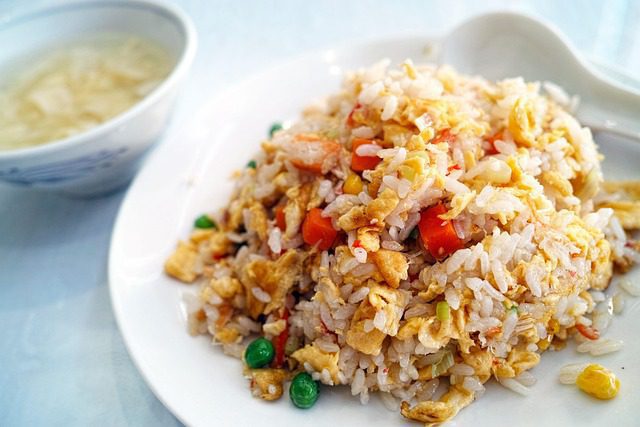
Conclusion on Is rice processed food | White rice advantages
Although white rice is classified as processed food, it provides numerous nutritional benefits and benefits. It is an excellent source of energy, easily digestible & versatile in cooking. While processing removes some nutrients, the enhancement of white rice helps to restore its nutritional value, making it a valuable ingredient in the diet of many people around the world.
By understanding the nature of white rice and its location in diet, consumers can make informed decisions. By considering the benefits of white rice and how to incorporate it into a balanced diet, you can enjoy this main meal without any unnecessary concerns. Due to its facilities, strength & nutritional benefits, white rice remains a beneficial and practical option for many houses around the world.
You can also read: Low Carb Treats For Diabetics
FAQ on Benefit of white rice | Nutritional benefit of rice
Is rice considered processed food?
Yes, white rice is considered processed food. Processing includes removing husk, bran & germ layers. This makes the rice more durable and improves its texture and taste. However, some nutrients also get destroyed.
How is white rice processed?
White rice processing passes through several stages:
- Milling: External husk is removed, and bran and germ layers are removed.
- Polishing: Rice is polished to give a bright, white look.
What are the nutritional benefit of rice?
Despite processing, white rice still offers several nutritional benefits:
- Energy source: White rice contains carbohydrates, which provide a quick and efficient source of energy.
- Promotion: Many types of white rice are rich in essential vitamins and minerals, such as iron and folic acid.
- Low Fiber: Although this means it contains fewer nutrients than whole grains, it can be easier for the digestive system.
What are the benefit of white rice?
The benefits of white rice are as follows:
- Time to ripen quickly: White rice ripens more quickly than other types of rice, which makes it convenient to eat.
- Digestive Capacity: It’s easy to digest and can be a good option for people with sensitive abdomen or digestive problems.
- Multi-useful: White rice can be used in many types of recipes from salty to sweet, making it multi-useful content.
What are the benefits of white rice?
Some special white rice advantages are as follows:
- Economical: White rice is typically cheaper than other types of rice, making it accessible to many people.
- Long Shelf Life: Processing increases shelf life, reducing the risk of getting worse.
- Neutral taste: Its light taste allows it to mix well with many different kinds of foods and recipes.
How is white rice compared in terms of nutrition from Brown Rice?
Brown Rice remains bran and the German layer, which means it contains more fiber and more nutrients than white rice. However, white rice is often rich to add lost nutrients back, making it a beneficial part of the diet.
Is there any nutritional deficiency in white rice?
The main reduction is the loss of fiber and some vitamins and minerals during processing. However, rich white rice compensates for this loss to some extent by adding the necessary nutrients back.
Can white rice be part of a healthy diet?
Yes, white rice can be part of a healthy diet. To ensure balanced nutrition it is important to balance it with other nutrients-rich foods, such as vegetables, lean protein & healthy fat.
What makes white rice an important food source globally?
White rice is a main meal in many cultures due to its economical price, long-term ability to use & versatility. It plays a key role in food security for millions around the world.
How can I increase the nutritional value of white rice in my food?
To increase the nutritional value of white rice:
- Mix with vegetables: mixing several types of vegetables can increase fiber and nutrients.
- Mix with Protein: Including lean protein like chicken, fish or beans can make food more balanced.
- Use broth instead of water: cooking rice in broth can get extra nutrients and taste.
Is white rice suitable for people with specific dietary needs?
White rice is suitable for people with some special dietary needs due to its low fiber content. This can be a good option for those who need to take a low-fiber diet due to medical conditions.
How does the glycemic index of white rice affect blood sugar levels?
White rice contains more glycemic index (GI) than brown rice, which means it can increase blood sugar levels quickly. People who control blood sugar levels should keep an eye on their part’s size and combine white rice with low-GI foods to balance food.
Are there different types of white rice?
Yes, there are several types of white rice, including:
- Long granules: such as basmati and basmati rice, are known for their soft and different granules.
- Medium granules: such as Arborio rice, which is usually used in risotto.
- Small granules: like sushi rice, which is sticky and used in Japanese cuisine.
Which nutrients are mixed while enriching white rice?
During the promotion, white rice is often strongly stored by the following things:
- Iron: It is important to carry oxygen in the blood.
- Folic acid: important for DNA synthesis and repair.
- Thiamine (vitamin B1): helps convert carbohydrates to energy.
- Niacin (vitamin B3): Supports metabolism and overall health.
How can white rice be included in a balanced diet?
To include white rice in a balanced diet:
- Medium volume: Keep the volume appropriate to avoid excessive calorie intake.
- Balanced food: Mix white rice with other food groups to make balanced nutrition food.
- Diverse diet: Make sure your diet contains various types of foods to include all nutritional foundations.
What is the cultural significance of white rice?
The cultural importance of white rice is very high in many societies. It is often connected to tradition, ritual & daily meals. Its importance in various recipes underlines its role beyond just nutrition.
You can also read:
What is the difference between weight loss and fat loss?
Diet Plan For Weight Gain in 7 Days
Best Language For Android Development in 2024
What is Physical Science: Study of Matter and Energy

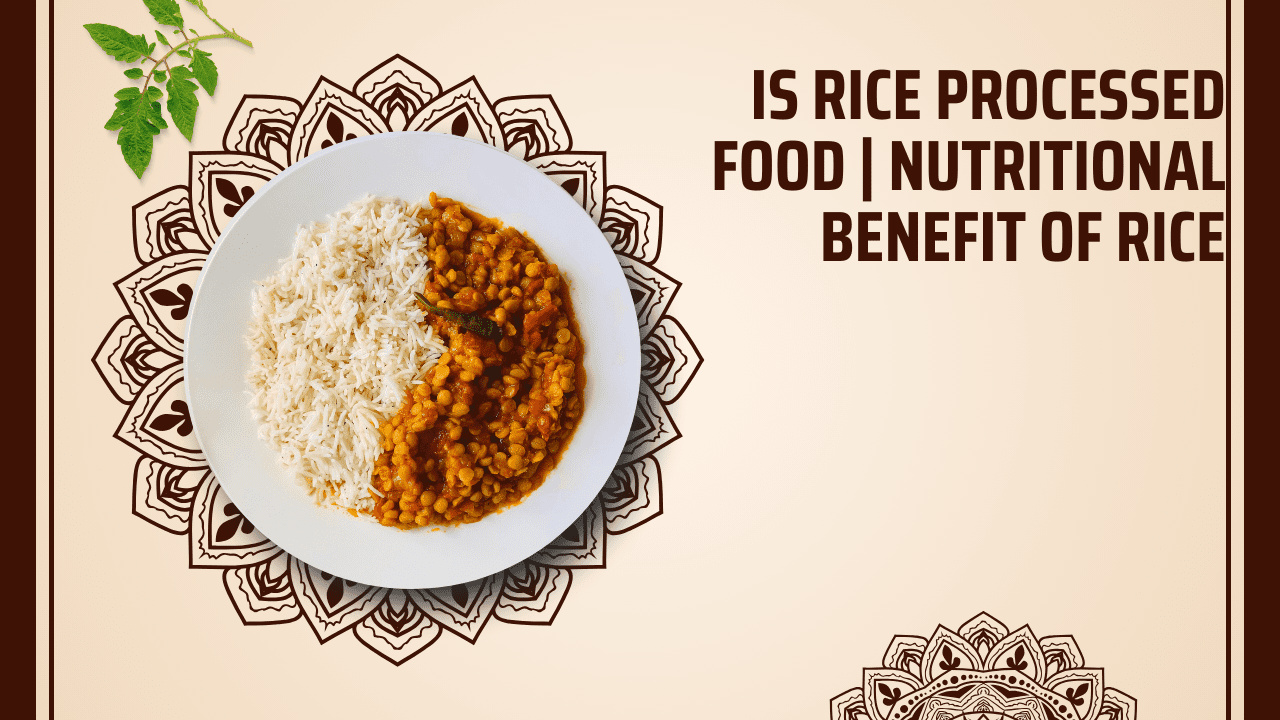

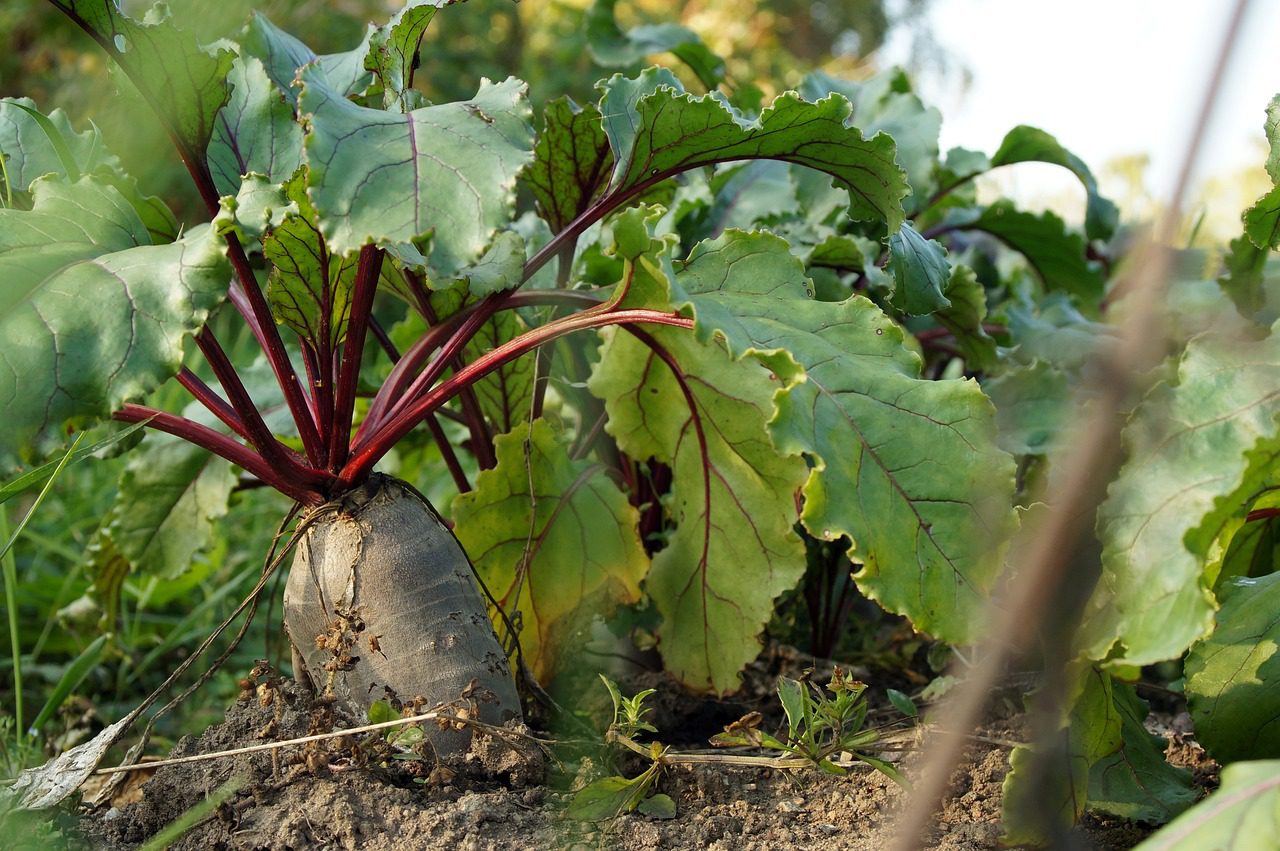
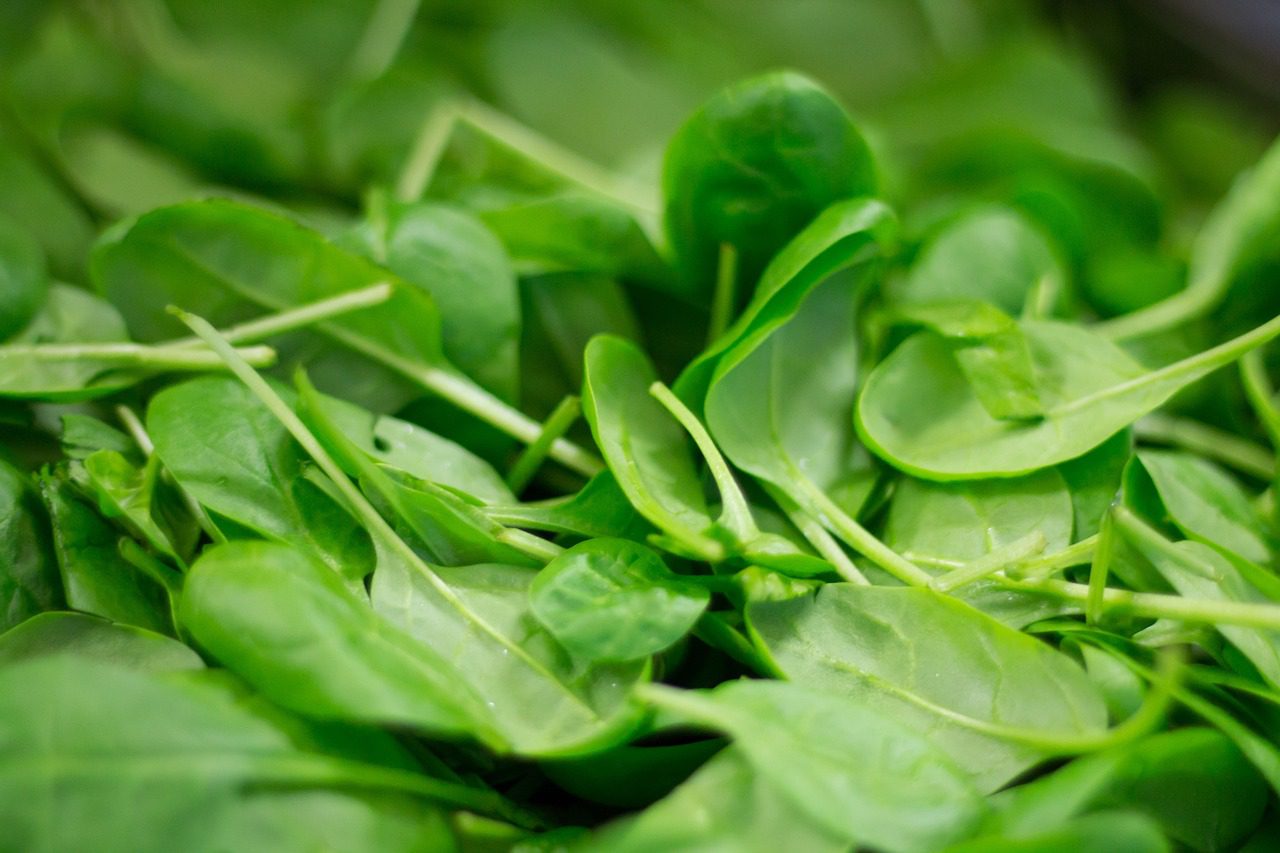





Leave a Reply